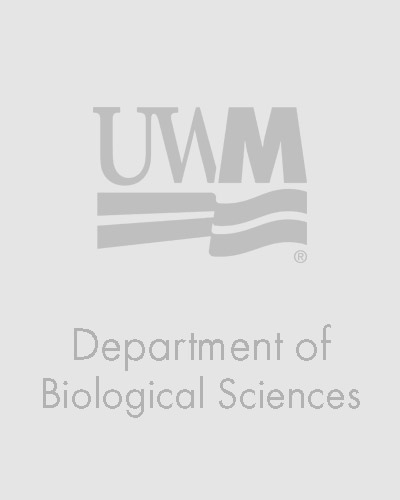
Mary Lynne Perille Collins
Education
- NIH Postodoctoral Fellow, NYU School of Medicine, 1976-1980
- PhD, Rutgers University, 1976
- BA, Emmanuel College, 1971
Curriculum Vitae
Research Interests
Membranes form the structural and functional limits of the cell and are the site of many essential functions such as energy transduction and the initiation of responses to environmental stimuli. My lab has studied the molecular events involved in membrane development using two model systems - phototrophic bacteria and methanotrophic bacteria. Unlike most other bacteria, both of these groups form an intracytoplasmic membrane (ICM) the formation of which is affected by environmental conditions thus allowing laboratory manipulation of membrane development.
Methanotrophic bacteria use methane as a sole source of carbon and energy. The role of the ICM in the metabolism of one carbon compounds is evidenced by the localization of enzymes of methane metabolism to the ICM.
The photosynthetic apparatus of Rhodospirillum rubrum is housed in an ICM. Using biochemical, immunochemical, and ultrastructural approaches, work from my laboratory has demonstrated that the ICM and cytoplasmic membrane are continuous and that the ICM arises from invagination and differentiation of the cytoplasmic membrane. We constructed mutants lacking the genes encoding the proteins of the photosynthetic apparatus. Knockout mutants lacking protein components of the photochemical complexes do not form ICM; ICM formation is restored by complementation in trans. These studies demonstrate that the proteins of the photochemical components are required for ICM formation and suggest that insertion of these proteins in the membrane is a stimulus for membrane proliferation.
Because these knock-out mutants do not make ICM but retain the capacity to do so, these mutants have "excess capacity" for the incorporation of membrane proteins. Work in my lab has exploited this property to develop a new bacterial host/vector system for the production of heterologous membrane proteins. Our Rhodospirillum rubrum system produces high yields (up to 23 mg/L culture) of heterologous membrane proteins.
Patents
- Collins, M.L.P. 2013. Method, vector and system for expressing polypeptides. U.S. patent 8,481,287.
- Collins, M.L.P. and Y. Cheng. 2004 and 2005. Host/vector system for expression of membrane proteins. U.S. patents 6,680,179 and 6,951,741.